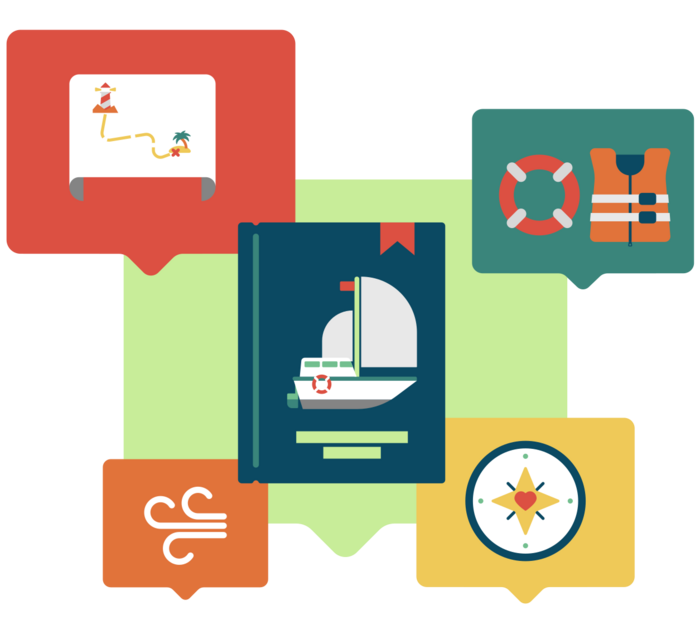(Created page with "<small>Enterprise Design Patterns | Creations Patterns</small> =#28: Human Language= Human Language <center> ''“Never impose your language on people you wish to reach.”''<br> - Abbie Hoffman </center> ==Related Patterns:== #3: Coalition Building, #4: Executive Buy-In ---- <div style="text-align: center; font-size: 130%;"> You need all co-creators to understand the Enterp...") |
No edit summary |
||
| Line 2: | Line 2: | ||
=#28: Human Language= | =#28: Human Language= | ||
<center> | <center> | ||
[[File:Pattern28_Human_Language.png|700px|Human Language]] | |||
<br><br> | |||
''“Never impose your language on people you wish to reach.”''<br> | ''“Never impose your language on people you wish to reach.”''<br> | ||
- Abbie Hoffman | - Abbie Hoffman | ||
Revision as of 12:08, 1 September 2025
Enterprise Design Patterns | Creations Patterns
#28: Human Language

“Never impose your language on people you wish to reach.”
- Abbie Hoffman
Related Patterns:
#3: Coalition Building, #4: Executive Buy-In
You need all co-creators to understand the Enterprise Design creations you want them to collaborate on.
In this context:
Designers and architects tend to use language that is much more semantically precise than many of their co-creators are used to. This can be a major obstacle to effective collaboration. Different parts of the enterprise may also have developed their own vocabulary, with different meanings for similar terms. Even when people use the same words, they may not always be talking about the same things.
Therefore:
You make sure to use terms that are in common use as much as possible in all your creations. When developing your creations, you:
- Use a language that can be understood by the majority of people in the enterprise;
- Start with the terms found in existing documents and validate their usage with friendly, experienced, non-technical co-creators;
- Remain sensitive to different terminologies used by different co-creators;
- Work with a diverse range of co-creators to agree on the most commonly accepted terms;
- Learn to be comfortable with terms that may not feel 100% semantically correct.
Consequently:
You now use a language that is much easier to understand for everybody. This is very helpful to connect co-creators to the collaborative Enterprise Design process and reduce misunderstandings.